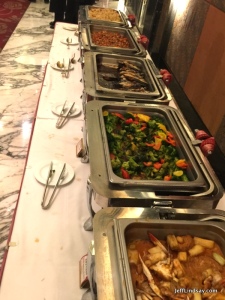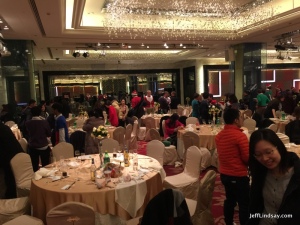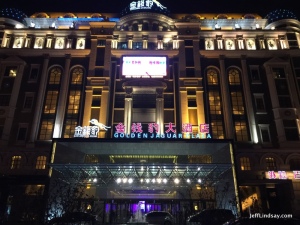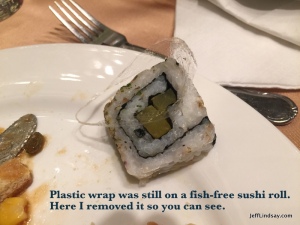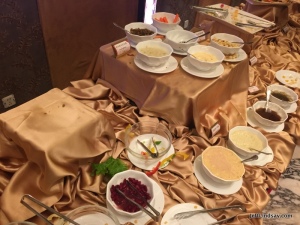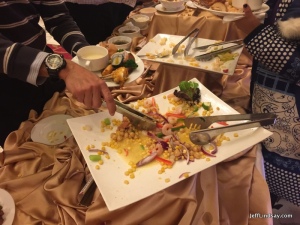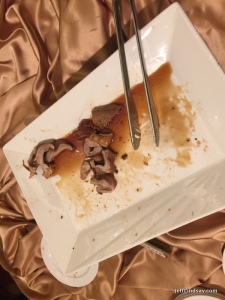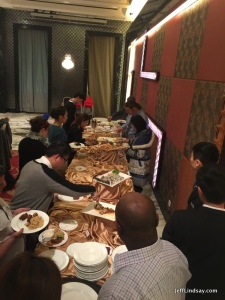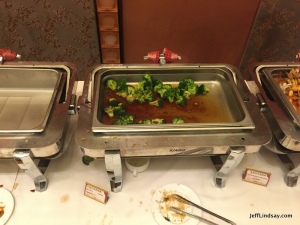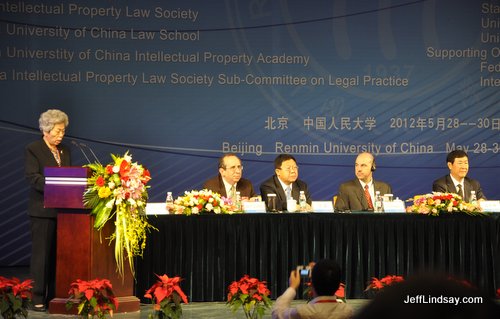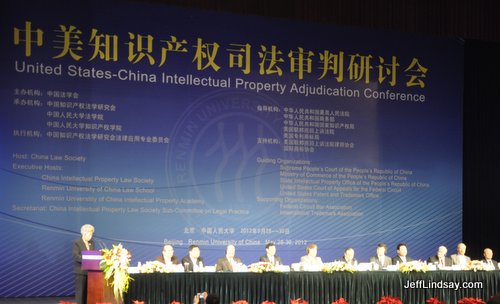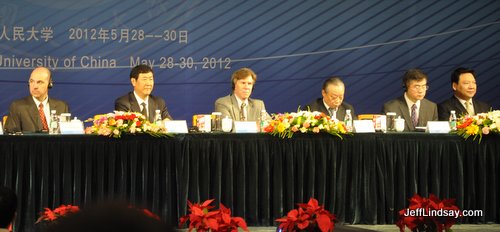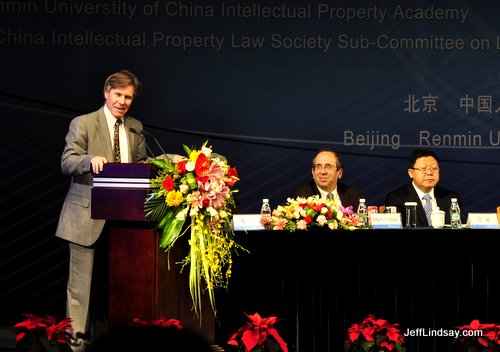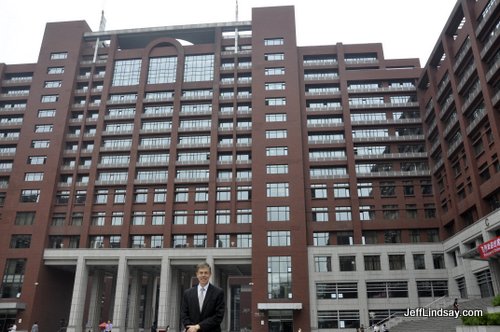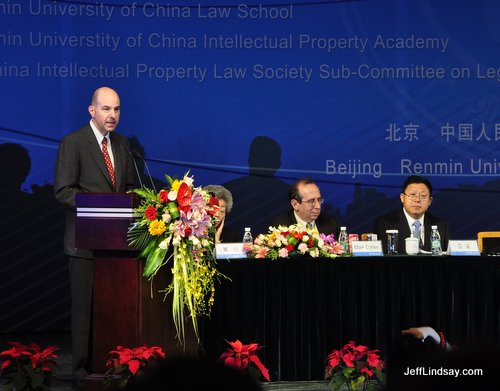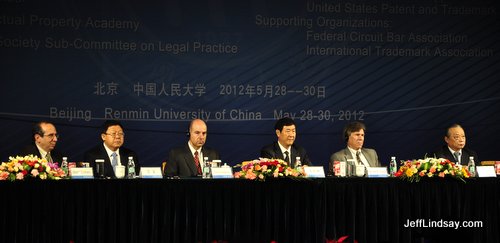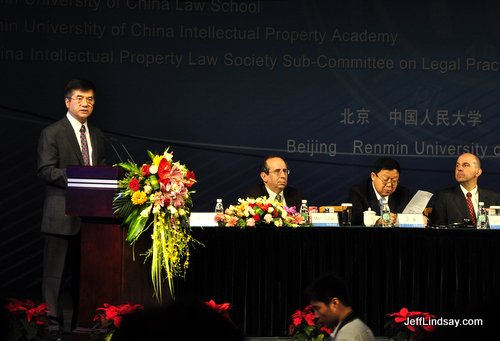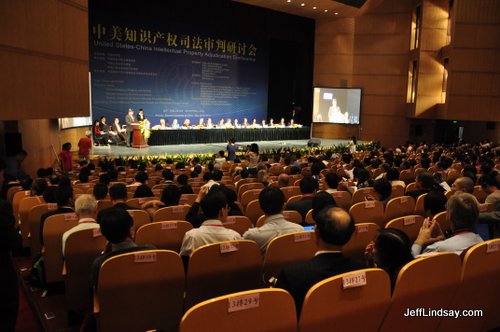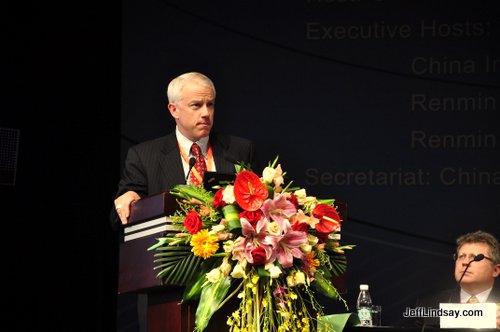Beware Fake Rental Fapiaos (Receipts) in China
Many expatriates living in China receive housing stipends that cover at least part of the monthly cost of rental here. In expensive cities like Shanghai, getting your housing stipend can be essential. Your reimbursement, though, requires that you provide a “fapiao” (official receipt from the government) which shows that taxes have been paid. The tax rate right now is 5%, so your fapiao of, say, 8,000 RMB costs your landlord 400 RMB. Your employer then uses the fapiao for some kind of tax benefits in reimbursing you. If you don’t provide a proper fapiao, you generally won’t get your housing stipend.
A few things can go wrong on this process. Make sure you know exactly what name your company requires to be on the fapiao. For me, it has to be the proper legal name of my company, not my name and not other commonly used versions of my employer’s name. One time my landlord bought several months’ worth of fapiaos all at once, but used the corporate name I pointed to on my business card instead of the official legal name, and I ended up having to pay for new fapiaos out of my pocket. In that process, though, I learned that getting fapiaos involves going to a local tax office, showing your rental agreement and your passport, and then simply paying 5% of your rent to buy the fapiao.
Also make sure you get fapiaos by the month. Your company will generally want one for each month, not one for three months at a time, even if you pay your rent once every three months as I do.
A more troubling problem you may encounter is fake fapiaos. Fake receipts? Yep, it happens, and is an easy way for an unscrupulous person to make some quick money. This may happen when a real estate agent, after closing the deal for your apartment, offers to save the landlord the trouble of getting fapiaos. The agent may have a friend allegedly at the tax bureau who can help you get the fapiaos easily. If the agent doesn’t need a copy of your rental agreement, that’s a clear sign that something is wrong. I don’t know if the seemingly official fapiaos are printed on stolen receipt paper from government offices or are just really good forgeries, but they look like the real thing and businesses may accept them and reimburse you, but if there is an audit or careful investigation, they may discover that the fapiaos are fake and you may then be denied your reimbursement.
For Shanghai folks, you can check to see if your fapiao is real or not using a government website [this is now an archived page — check with Chinese friends for the latest link]. It’s in Chinese, so you may need help doing this.
If you are getting fake fapiaos, let your landlord know. It can hurt their credit and their reputation with the government. It may end up hurting you. The crooks who are stealing your money (and stealing tax money from China) with fake fapiaos need to be stopped. Of course, your agent or whoever gave you the fake fapiaos will be shocked that their friend in the tax office made some kind of error. Maybe they knew, maybe they didn’t, and maybe it was all an innocent mistake, but given the easy money to be made, chances are someone is just pocketing the money, and not pocketing it accidentally.
Unfortunately, one acquaintance of ours says that she got fake fapiaos by going to the fapiao office her business told her to use. I think this was an official fapiao office but I need to confirm that. Whether it was an accident or intentional theft, you need to recognize that there is a possibility that the fapiao you get is fake. Check to make sure they are legit, and try not to get too many months of fapiaos all at once in case there is a problem with them.

